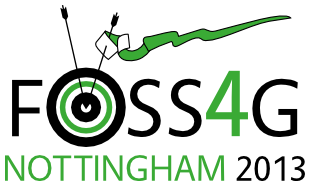Presentation
Half A Million Petition Signatures Mapped For Free Using Open-source, Open-data And An Open-API.
Andy South (Freelance)
This talk will present a case study of visualising the uptake of an online petition on the social activism site change.org. I will outline the workflow of what was done to download and visualise data for half a million signatures. I used exclusively free and open-source tools and data. I used the statistical environment R as my main workhorse. An R script was used to access the change.org open API and download the signature data in the maximum permitted blocks of 500 hundred signatures. To date (the petition is still running at this time) over 800 requests have been made. The data are returned as JSON and were then read into R. The process occasionally fails when users have accidentally typed a character that acts as a JSON escape code. I developed code to correct these files. R was used to bind the data into a single file. The petition asks for town of residence. I used the freely available GB public transport gazetteer from data.gov.uk to geocode the data by merging latitude longitude columns onto the signature data. To include Northern Ireland in the analysis I downloaded a second gazetteer and repeated the process. I then used R to reproject the Northern Irish coordinates from the Irish grid to the OS GB grid so that they could be displayed on the same map. The data was initially used to plot a timeline of cumulative uptake and a bubble plot indicating the spatial distribution of signatures. The map and timeline were sent to over half a million people via email and twitter. To allow more detailed interrogation of the data I used the R package shiny to create a javascript web application. Each step in this process will be covered and the presentation will contain the code allowing the audience to replicate the steps.
